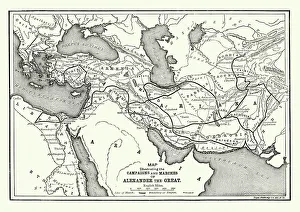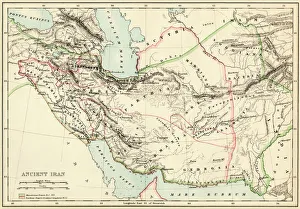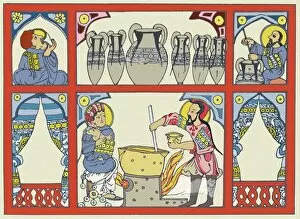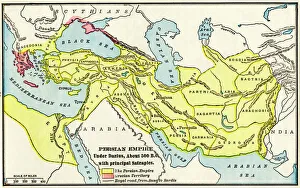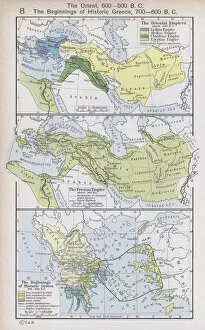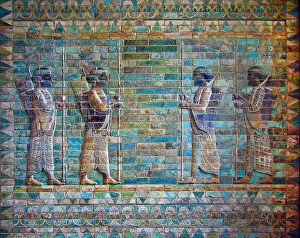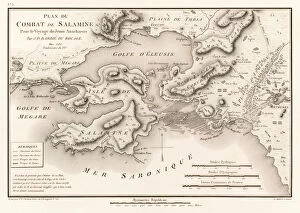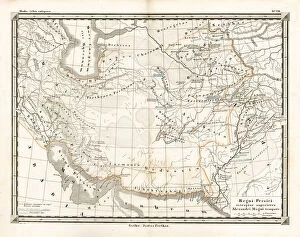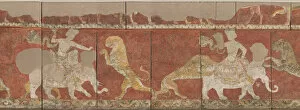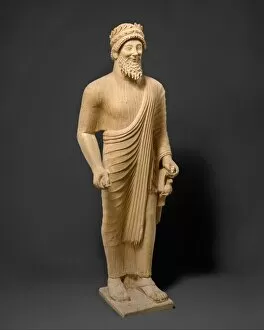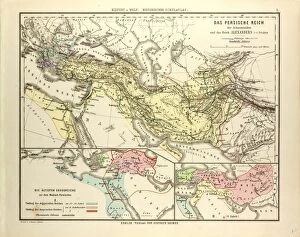Persian Empire Collection
The Persian Empire, a magnificent ancient civilization that spanned across vast territories, holds an intriguing place in history
All Professionally Made to Order for Quick Shipping
The Persian Empire, a magnificent ancient civilization that spanned across vast territories, holds an intriguing place in history. Looking at the map of Alexander the Great Campaigns, one can visualize the extent of this empire's dominion. From Iran to Persepolis, its influence reached far and wide. Intriguingly, even in the 13th century, Persian pharmacies existed, showcasing their advanced knowledge of medicine and healing practices. This empire was not only known for its military prowess but also for its rich cultural heritage. The exquisite 13th-century artwork found within Persia reflects their artistic mastery and attention to detail. Delving deeper into history reveals that around 500 BC, the Persian Empire thrived as a dominant force. During this time period, Greece was just beginning to emerge as a historic power while Persia already held sway over much of what we now know as "the Orient. " One significant battle etched in history is the Battle of Taher-Abad or Battle of Merv where Shah Ismail I emerged victorious over Muhammad Shaybani Khan. The Reception Hall at Chehel Sotun preserves frescoes from this era depicting scenes that transport us back to those tumultuous times. Persian culture has always celebrated great poets like Saadi whose tomb stands proudly in Shiraz today. Engravings depict his final resting place as a testament to his enduring legacy. Architectural marvels were also prominent during the reign of Darius I; detailed friezes adorned with glazed brick showcased archers on Palace walls at Susa—a true spectacle capturing both strength and beauty. Amongst these wonders stood the Mausoleum at Halicarnassus—an awe-inspiring tomb built for Mausolus—the Persian satrap—now recognized as one of the Seven Wonders of Ancient World through colored engravings. Mount Behistun bears witness to multilingual rock inscriptions providing invaluable insights into the empire's history.

